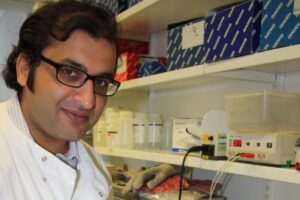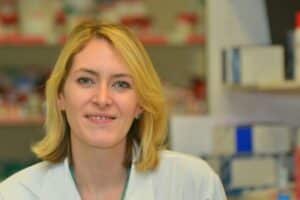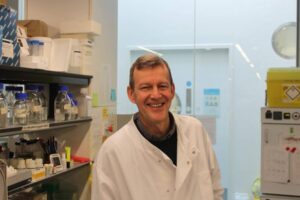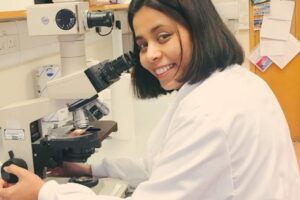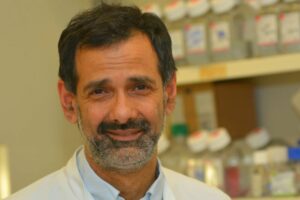Research
Why do second cancers occur within 5 years of diagnosis?
The dramatically increased survival rates for childhood cancer in recent decades, achieved largely through the use of increasingly intensive treatment, have been paralleled by an increased risk of developing a second cancer. The team is studying the occurrence of second cancer in children diagnosed over the last two decades in order to establish what factors influence risk.

Project Details
- Why do increasing numbers of second cancers occur within five years of diagnosis of childhood cancer?
- Lead Researcher
- Charles Stiller
- Research Centre
- University of Oxford
- City & Institution Postcode
- Oxford, OX1 3BD
- Start Date
- 1 April 2012
- Project Duration
- 2 years
- Grant Amount
- £71,585
Overview
Fifty years ago, three quarters of children diagnosed with cancer died. Today, three quarters of children now survive. This increased survival has come about largely through the use of increasingly intensive treatment which may include high doses of both chemotherapy and radiotherapy. Unfortunately, however, survivors of childhood cancer are at increased risk of developing a second cancer. This risk is at least partly due to the treatments used. Preliminary research shows that the proportion of children developing a second cancer almost doubled between children diagnosed in 1962-91 and children diagnosed in 1992-2006. Charles Stiller and colleagues will study the occurrence of second cancers in this more recent group in order to establish what factors influence risk.
Background
Unfortunately, the intensive treatments which have proved so effective in increasing the survival rates for childhood cancer over recent decades can themselves cause serious problems for young patients. One of the most serious of these problems is a risk of developing a second cancer. It is well documented that survivors of childhood cancer are at increased risk of developing a second cancer. The risks of second cancers have been well studied in children diagnosed before 1992, but little research has been done into the risks faced by children diagnosed more recently. This means that little information is available on second cancers in children receiving recently introduced forms of treatment or in children with cancers which had low survival prior to 1992. In addition, past research has tended to focus on five year survivors of childhood cancer; and little attention has been paid to second cancers occurring within the first five years of survival. Preliminary research shows that the proportion of children developing a second cancer almost doubled between children diagnosed in 1962-91 and children diagnosed in 1992-2006. We need to understand more about the specific risk factors.
Understanding the risk factors for second cancers
Charles Stiller, who is leading this research, is the Director of the National Registry of Childhood Tumours (NRCT). The NRCT is the largest specialist childhood cancer registry in the world. It has virtually complete coverage of childhood cancer across the whole of the UK and, as part of the follow-up of survivors of childhood cancer, the NRCT is routinely informed of subsequent cancers diagnosed in survivors. The team expects to study at least 220 children diagnosed with second cancers, at least half of whom will be patients whose first diagnosis was 1992 onwards. They will compare these children with childhood cancer survivors who have not been diagnosed with a second cancer. The team will obtain detailed information from the children’s hospital records about the treatment received for the first cancer and look for differences between the two groups. They will also look for the presence of genetic syndromes and birth defects as well as differences in ethnicity and socio-economic status.
What difference will this project make?
This is a very important project that will help us to understand the risk of children developing second cancers in the early years after initial diagnosis of a childhood cancer. Preliminary data suggests that the treatments given in more recent years may increase the risk of children developing second cancers; these risks may be reduced by altering the dose or type of chemotherapy or radiotherapy.
Patient Story
Max was diagnosed with acute myeloid leukaemia (AML) in 1993, when he was four years old. Tragically, two years later, Max was diagnosed with a second cancer, alveolar rhabdomyosarcoma. He passed away when he was just eight years old on 22nd January 1997. Max’s mum, Gill, shares her story. Max’s story
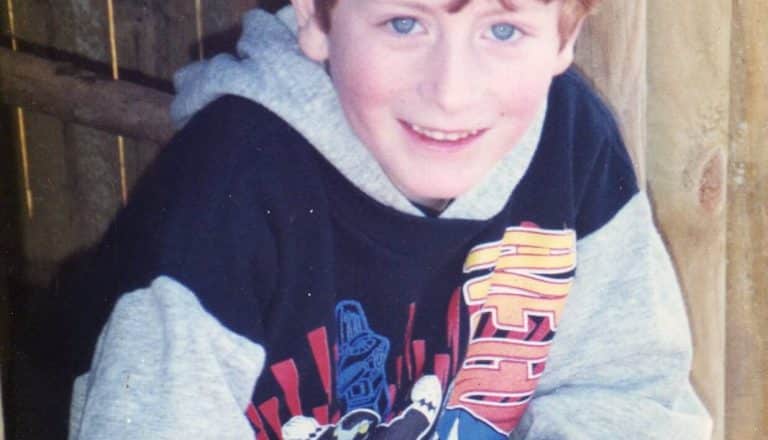
About the Research Team
Charles Stiller, Dr Michael Murphy, Anita Bayne, Nicole Diggens, Childhood Cancer Research Group, University of Oxford.
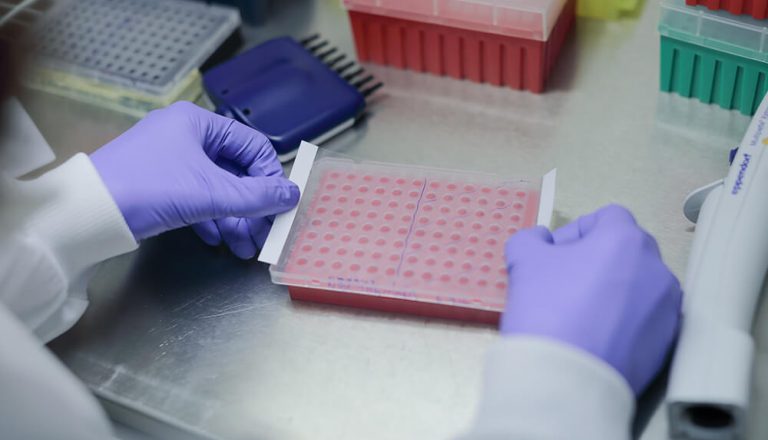
Other stories
We have lots of information to help you learn more about childhood cancer. From specific cancer types, to treatments and causes.

